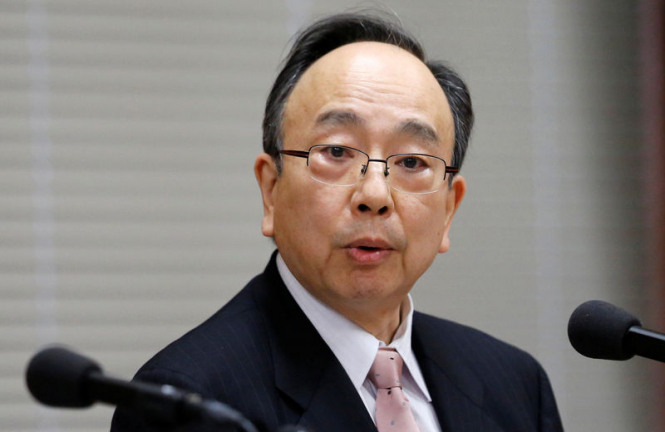
"The Bank of Japan can use various tools or their combinations to expand incentives, if necessary, but it will take into account the side effects of prolonged policy easing," said CB Governor Masayoshi Amamiya.
Masayoshi reminded investors that the Bank of Japan would consider increasing cash support only if the movement towards achieving the 2 percent inflation target is weak. At the same time, he tried to dispel assumptions that the Central Bank had run out of "ammunition" to deal with the next recession. Earlier, the Bank of Japan said that its set of tools for further easing included lowering interest rates and increasing asset purchases. The regulator has now announced that it will consider temporary factors that may affect inflation, such as a planned reduction in mobile phone fees and education fees, and will focus on the strength of the economy.
"At the moment, the best way to achieve the Bank of Japan's inflation target is to support the country's economy," said Masayoshi.
The Bank of Japan is in a dilemma. Years of printing "heavy" money did not lead to an increase in inflation, which forced the Bank of Japan to retain its bond purchase program, despite the fact that financial institutions receive poor profits from almost zero rates. Also to the problems of the Central Bank can add a slowdown in the global economy. Risks for the forecast are aggravated by the slowdown in China and trade tensions between China and the United States. The impact of trade tensions can spread not only through a direct impact on trade but also through the damage to companies' investment appetite and market sentiment.
